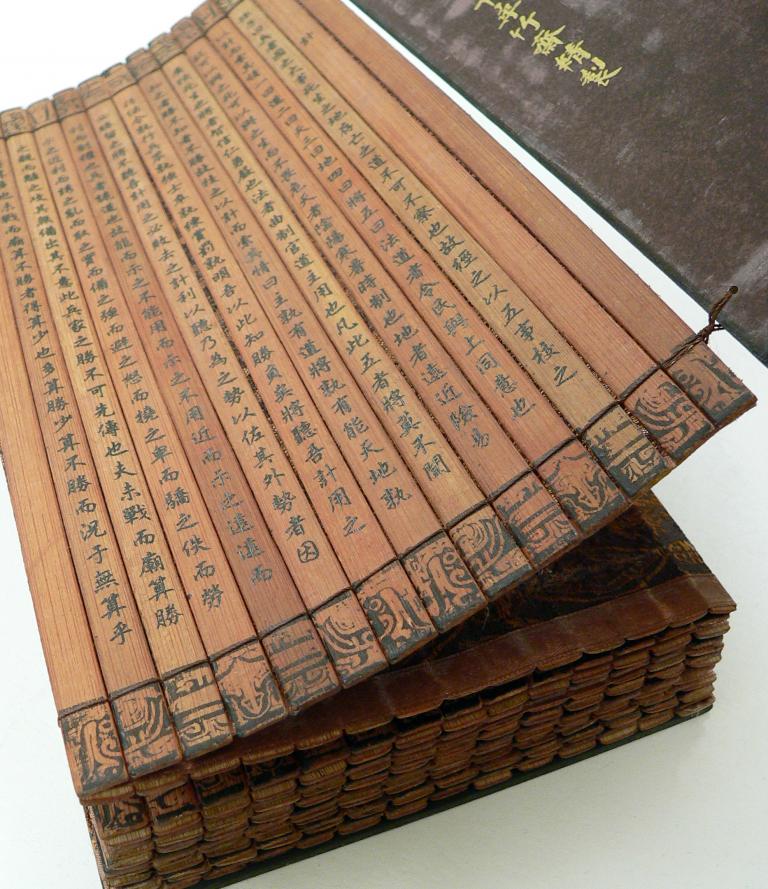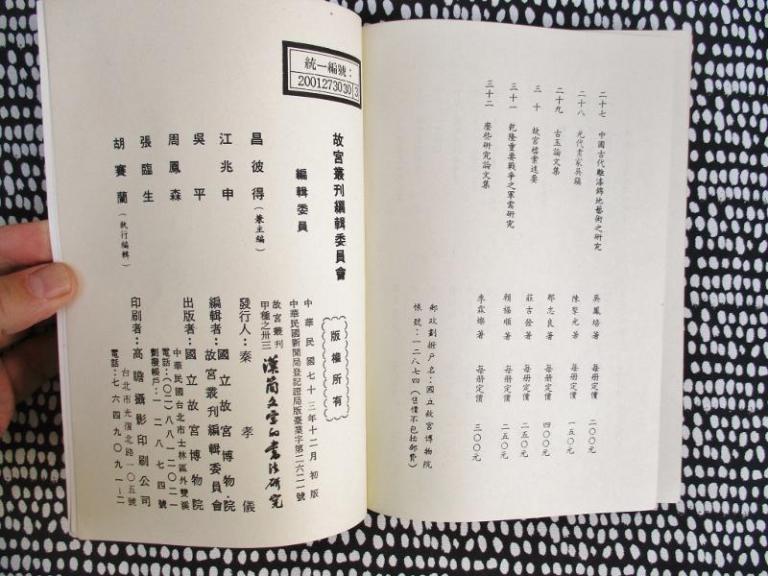Calligraphy on Bamboo or Wood Slips and Silk
4 min readIn Chinese, “jian” means long and narrow bamboo or wood slips; “bo” means untinged silk. So “Jian Bo Script” refers to script on bamboo or wood slips and script on untinged silk Script on bamboo or wood slips appeared prior to the Shang dynasty. In oracle- bone inscriptions,”册”, the character for”volume” was already in the shape of plaited bamboo slips. As bamboo sticks became rotting very quickly, few of them can be seen today. Among the script on bamboo slips found in the Han dynasty as well as some other dynasties, only a few of the characters can be found in some ancient books like Analytical Dictionary of Characters Most characters lost their trace later.

The scripts on bamboo slips which we can see today were unearthed after the foundation of the People’s Republic of China. They were mainly formed in the Chu state during the Warring States period. From 1951 to 1965, three piles of scripts on bamboo or wood slips were unearthed in Changsha, Hunan province, in Xinyang,Hena province and in Jiangling, Hubei province respectively.
There are totally 4, 200 characters. They were written with writing brush and the style resembled clerical script. The inscription on bamboo slips in the Qin and Han dynasties was a transitional form between ancient and modern Chinese characters. In its early stage, there were more ancient characters, and in its later stage, the characters were closer to those used in clerical script, cursive scripts and regular script which are popular today. Although those inscriptions were not as abstruse as ancient characters, they were unique in their own way. Many of the inscriptions on wooden or bamboo slips or silk in the Qin dynasty are in clerical script. Qin Shihuang acknowledged small seal script as the standard script but clerical script could be used as well.

Bamboo slips of the Qin dynast unearthed in Shuihudi near Yunmeng in Hubei province showed the Qin people’s way of writing. It is believed that those inscriptions are real Qin clerical script with its origin in the Zhou dynasty. In the time of Qin Shihuang, both seal script and clerical script were used and it is difficult to tell which is official and which is not in that period. Qin clerical script is also known as ancient clerical script, which is a transitional form between ancient script and modern script. As legend goes, Qin clerical script was created by Cheng Miao who was a lower- level government clerk. Cheng Miao was once found guilty and put into prison for 1 years, during which he created 3, 000 clerical style characters and reported to the throne.
Qin Shihuang thought these characters were workable therefore released Cheng Miao, and later appointed him a position in charge of the renovation of characters. The script he created was named “official script”or “clerical script”. Apparently, the legend is unilateral and lack of evidence because it is impossible for any type of script to be created by a single person. Many excavations found recently testified that there was clerical script before the Qin dynasty. Cheng Miao just coordinated previous script. Actually the First Emperor’s character renovation measuremen was to ban those ancient characters in the other six states. And inscriptions on silk and wooden or bamboo slips, which were closer to clerical script, were untouched. On the contrary, Qin Shihuang ordered Cheng Miao to collect the simplified form of characters and systematically make them into a new font, and this is the origin of clerical script in the Qin dynasty.
The presence of clerical script which is much simpler than previous scripts not only met the political requirement but also revealed people’s pursuit of efficiency in the Qin dynasty. After the reign of Emperor Wudi of the Han dynasty, old clerical script gradually evolved to Han clerical script. Among the script unearthed recently, some characters are with heavy stipples and sidelong style; some are half seal-script and half clerical-script with both angled turns and curved turns; some are formed in seal script’s structure yet with angled turns instead of curved turns; some use seal-sseal- script radicals and some use chancellery- radicals. There are also some works with trim font, less stipples and structure of seal script, yet the distribution is not as regular. On bamboo slips of the Han dynasty there were a lot of cursive scripts, which are considered as the earliest cursive scripts. The theory of Qiu Xigui believed that cursive script was rooted in old clerical script and it formed itself as a certain type in the later Western Han dynasty. NlarInscriptions on silk and wooden or bamboo slips could be seen between the late Warring States period and the mid Eastern Han dynasty.
It was just a developing period for clerical script. And various forms of characters foretold the further development of Chinese calligraphy. It is not difficult to find that bamboo and silk inscriptions differ from each other according to different areas and culture background they are from. Generally speaking, bamboo and silk inscriptions from northwestern area are rough, simple and natural. And inscriptions from the south are dainty, steady and mild. They precisely reveal different aesthetic taste of calligraphers from different areas.









